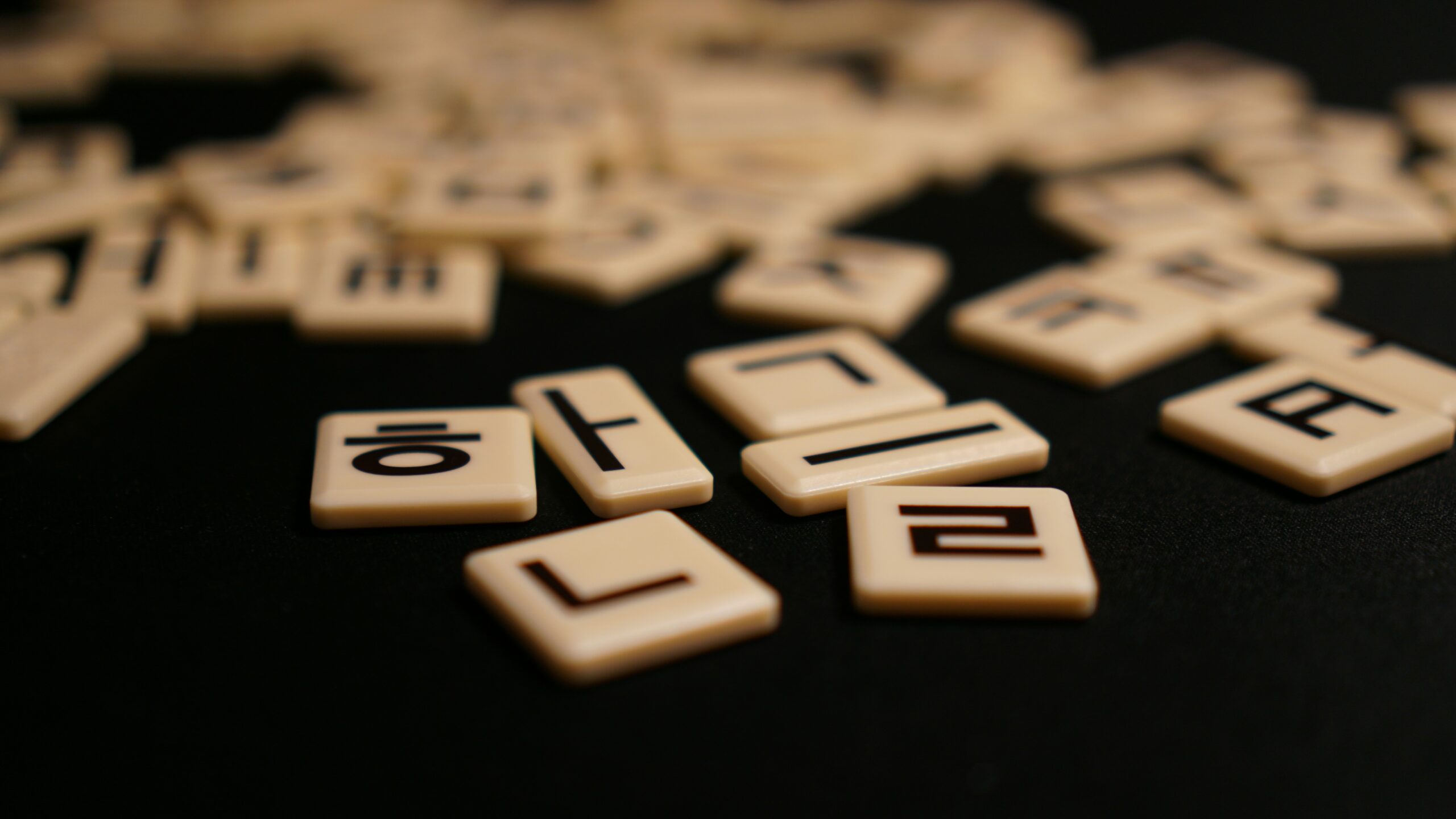The diverse fight for civil rights in North America
The East Asian community’s role in the fight for equality and freedom.
Ever since I read Min Jin Lee’s Pachinko, I’ve seen North America’s civil rights discourse in a new light. Yes, the civil rights movement has been predominantly framed around the significant struggles faced by Black communities, and rightly so. However, a broader scope of experiences often gets overlooked, particularly those of East Asians. Lee’s novel doesn’t just add these experiences to the conversation, it forces us to confront them head-on. Her work vividly highlights historical injustices, such as the 1871 Los Angeles Chinese Massacre, the Chinese Exclusion Act, and the internment of Japanese Americans during WWII. These episodes aren’t merely historical footnotes, they reflect ongoing racism that surged anew with the Covid-19 pandemic, making the past feel pressing and current.
But here’s where it gets even more complex and a bit uncomfortable. While talking and gathering with some East Asian Canadians in Toronto, of course, primarily Korean-Canadians for me, I was taken aback by an undercurrent of what can only be described as a white supremacist colonial mindset among some. Not everyone, of course, but it’s there. This isn’t just about external racism. It’s about the internalized views that can fracture a community from within. It’s about how the legacies of colonialism and white supremacy continue to shape attitudes and beliefs in ways that are subtle yet profoundly impactful.
Through Pachinko and learning about Lee’s background, I’ve realized that civil rights aren’t a monolith. The struggle for equality encompasses a vast array of experiences and histories, including those of East Asians, which are often sidelined. Lee’s novel, fuelled by her own experiences and the historical weight of the Korean diaspora, is a reminder of the importance of listening to and amplifying these diverse voices. It’s about understanding that the fight against racism and civil rights is as relevant today as ever, and it requires our active engagement and empathy.
Moreover, Lee’s success and the resonance of Pachinko highlight the crucial role of storytelling in our collective efforts to confront and overcome prejudice. Through her characters’ journeys, we gain insights into the complexities of identity, the pain of exclusion, and the power of persistence. These stories don’t just inform us; they challenge us to think more deeply about our positions within societal power dynamics.
It’s made me rethink the concept of allyship and how we can all contribute to a more inclusive and equitable society. Recognizing the nuances of the East Asian experience within the civil rights movement, illuminated by Lee’s own life and work, is a step toward acknowledging the richness of our shared history and the work still required to dismantle the remnants of white supremacy and colonial thinking.
This conversation would be incomplete without acknowledging the names and stories of East Asian activists who’ve contributed significantly to the civil rights movement. Figures like Grace Lee Boggs, a Chinese American woman who spent her life advocating for civil rights and labour movements in Detroit; and Yuri Kochiyama, who embraced cross-cultural solidarity after her experiences in Japanese American internment camps, have left indelible marks on the fight for equality. Their stories, alongside those of individuals like Fred Korematsu, who challenged Japanese American internment to the US Supreme Court, are crucial chapters in the civil rights narrative.
These activists exemplify the intersectionality of the civil rights struggle, showing that it’s not just about one community’s fight against injustice but about all communities coming together to challenge systemic oppression. By acknowledging their contributions, we can foster a more inclusive understanding of civil rights that spans beyond the black-and-white narrative and includes the rich hues of all those who’ve fought for justice.
As we continue to engage with works like Pachinko and the stories of activists who’ve paved the way, we’re reminded of the importance of listening to and amplifying diverse voices. It’s through understanding the multifaceted nature of civil rights struggles, including those of East Asians, that we can truly appreciate the breadth and depth of what it means to fight for equality. In embracing the diversity of our collective stories, we honour the legacy of those who’ve fought before us and inspire future generations to carry forward the torch of justice and equality. Let’s commit to expanding our horizons and challenging ourselves to include every voice in the civil rights discourse, recognizing that each story enriches our understanding and strengthens our resolve to build a more equitable world.

